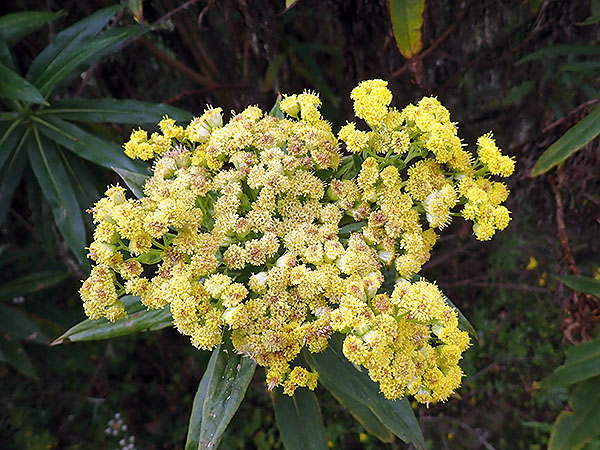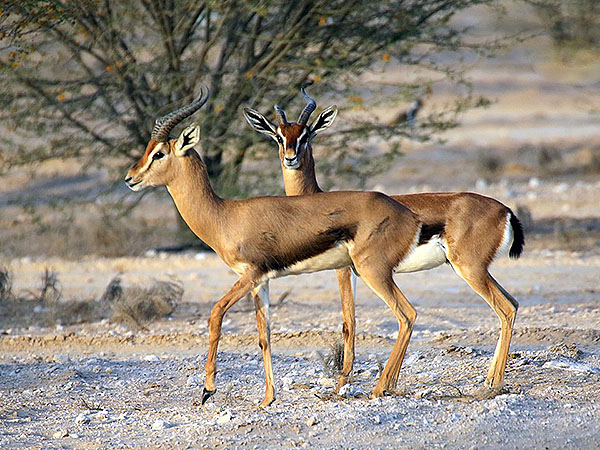Schweinfurth’s Psiadia (Psiadia schweinfurthii)
This species comes from the island of Socotra; it was collected in the 19th century near Kishan in the north of the Haggeher Mountains, in a botanically well-known and -studied area, and has not been found since; it is therefore very likely extinct.
***
The author of the species, Isaac Bayley Balfour, mentions that it is very similar to the Arabian Psiadia (Psiadia punctulata Vatke) (see photo below), a species widespread in eastern Africa and mainland Arabia, from which it differs in the absence of sticky glandular hairs.
*********************

Photo: Floyd E. Hayes
https://www.inaturalist.org/people/floydehayes
https://creativecommons.org/licenses/by-nc/4.0/
*********************
edited: 12.02.2024

